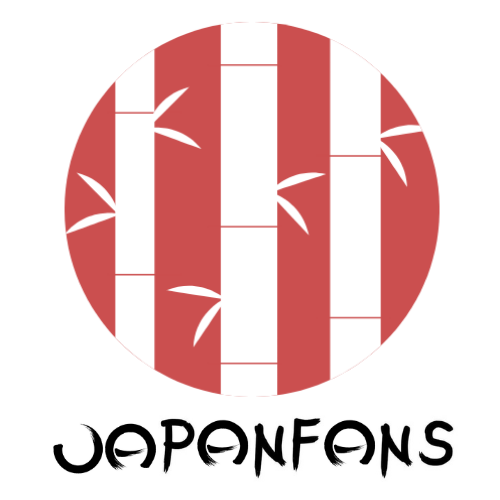One of the (many!) plans that Japan Fans have for 2024 is to organize free kintsugi workshops in their own Japanese Cultural Center – the “Atelier” of the Leidsche Rijn library. In this blog post you can read more about kintsugi – repairing ceramics with gold.

Kintsugi, also called kintsukuroi, is an ancient Japanese art form that involves repairing broken ceramics with gold or silver lacquer. The technique is based on the idea that breakage and repair are part of an object’s history and can enhance its beauty.
History of kintsugi
The origins of kintsugi are not entirely certain, but it is generally believed to have originated in the 15th century. The shogun Ashikaga Yoshimasa sent a damaged Chinese tea bowl to China to be repaired. When the bowl came back, it had been repaired with iron nails and copper wire. Yoshimasa was dissatisfied with the result and ordered Japanese craftsmen to develop a new method of repair.
The Japanese craftsmen used urushi lacquer, a natural lacquer extracted from the Rhus vernicifera tree . Urushi is a very strong and durable material that is also used in traditional Japanese lacquer art. The artisans filled the fractures in the bowl with urushi and then sprinkled them with gold or silver pigments.

Philosophy of kintsugi
Kintsugi is more than just a ceramic repair technique. It is also a philosophy that emphasizes the beauty of imperfection and the importance of recovery. In Japanese culture, kintsugi is often associated with the concepts of wabi-sabi and mushin .
- Wabi-sabi is an aesthetic philosophy that emphasizes the beauty of imperfection and transience. Kintsugi is often seen as an expression of wabi-sabi because it emphasizes the rupture and repair of an object.
- Mushin is a concept from Zen Buddhism that emphasizes the emptiness of the mind or non-thinking. Kintsugi is sometimes seen as an expression of mushin because it emphasizes the emptiness of the spaces between the fractures.

Kintsugi workshops in Utrecht
Kintsugi has been practiced in Japan for centuries. It is used to repair a wide range of ceramic objects including bowls, vases, cups and plates.
In recent years, kintsugi has also become increasingly popular in other parts of the world. It is used to emphasize the beauty of imperfection and transience.
Kintsugi can also be used to repair other objects, such as furniture or even works of art. It is a unique and aesthetic way to breathe new life into a broken object.
In 2024, Japan Fans are planning several workshops to get started with kintsugi themselves, led by an expert teacher. As always, our activities are free of charge, but we do ask for a voluntary donation to cover material costs.
Would you like to know more about the workshops and/or register? Keep an eye on our Facebook Page and our Instagram Account for announcements or send an email to Martine .

